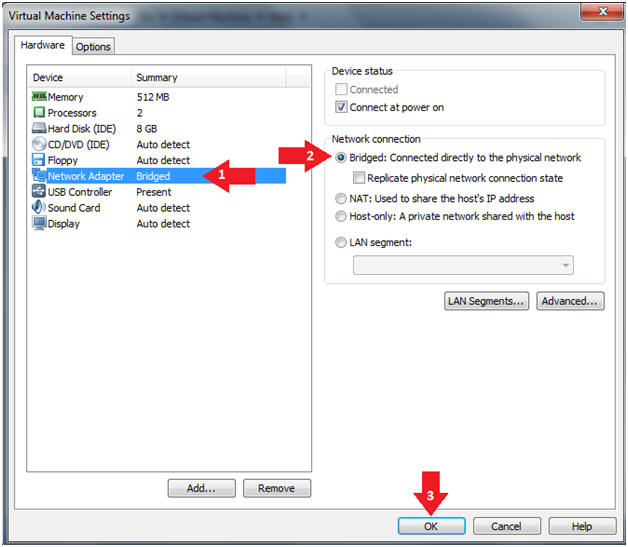
Unraid Serial Crack
SnapRAID is only one of the available not standard RAID solutions for disk arrays. The best known others are: • - Commercial and OpenSource GPL2 solution. A modified version of the Linux Reiserfs filesystem with real-time redundancy. No integrity checksum is supported. • - Commercial and proprietary C++/Java application for Windows, with some limited support for Linux.
It supports both snapshot redundancy and real-time redundancy, with integrity checksum. • - OpenSource filesystem (but GPL incompatible) with real-time redundancy and integrity checksum. • - OpenSource filesystem GPL2 with real-time redundancy.
Feb 26, 2019 - Please call 708-342-5649 or email ctcfieldcommunications@chicagotribune.com Leave your name, phone number and town you reside in. You give us your cell number. We give you breaking news. Only get the TXTs you choose. Opt out any time. Cape Cod's #1 news source.
From Linux 3.9 it supports and integrity checksums. Recently various issues were found and the official now states: The parity RAID code has multiple serious data-loss bugs in it. It should not be used for anything other than testing purposes. • - The last contender from Microsoft, and integrated into Windows 8. Proprietary with real-time redundancy. Checksumming is not supported. Programma dlya bistrogo vzyatiya zakazov v taksi 1. It also has some other.
The main factor to categorize them is when the redundancy information is updated. In real-time solutions the parity data is updated in real-time, without an explicit action from the user. Like in standard RAID. In snapshot solutions the parity data is updated only upon an explicit request from the user. Like in backups.
Other important factors are the support of an integrity checksum to identify and the possibility to fix it, if you can use already filled disk, if you can recover your data from not broken disks when you get too many failures to have a full recover, and if all your disks are spinning when reading one file. SnapRAID unRAID FlexRAID ZFS Btrfs Storage Spaces Redundancy model Real-time computes parity at real-time like RAID, snapshot at request time, like Backup. Snapshot Real-time Real-time Snapshot Real-time Snapshot Real-time Snapshot Real-time Integrity If data is validated with some kind of checksum, and which one is the default. Yes SpookyHash 128 bit No Yes Adler32 32 bit Yes fletcher4 256 bit Yes CRC32C 32 bit No Fix silent errors If silent errors are detected and fixed before they can propagate into the parity. Yes No No Yes Yes No Number of failures How many disk failures are supported?

1 is for RAID5, 2 for RAID6. 1 2 3 4 5 6 1 2 1 2 3 4 5 6+ 1 2 3 1 2 1 2 Other failures If more disks fail than the supported redundancy model, is it possible to recover the data in the not failed disks? Yes Yes Yes No No No Power/Noise How many disks are spinning when reading a single file? One One One All All All Filled disks Can you start with already filled disks? Yes Partial Yes No No No Add disks Can you add disks at later time? Yes Yes Yes No Yes Yes Operating system Which OS is supported?
Raskraska po energosberezheniyu. Linux Windows Mac OS X OpenIndiana Solaris BSD Linux Windows Linux Linux Mac OS X OpenIndiana Solaris BSD Linux Windows Age The year of the first official release supporting at least RAID5 redundancy. 2011 2005 2008 2005 not yet stable 2012 License/Price Software license and price. Open Source GPL3 Free Open Source GPL2 89$/129$ Proprietary 40$/60$ Open Source CDDL Free Open Source GPL2 Free Proprietary Windows 8/10 Interface Which interface is provided? GUI or command line? Command line or GUI, or plugin for for command line GUI GUI command line GUI/Plugins command line GUI GUI Notes - unRAID doesn't have any kind of checksum, and it just ignores silent errors. Even worse, if a parity error is detected as result of a silent error in the data, the parity is automatically recomputed, making impossible to recover the silent error, even manually. - Flexraid uses checksums to validate files, but such checksums.
This means that any silent error present will propagate into the parity, making impossible to fix it later, even if it can be still detected comparing the file checksum. You can get in a state where the 'Validate' operation reports errors, but the 'Verify' one reports no problem in the parity, making impossible to fix the errors.
- ZFS and Btrfs provide a bit-rot protection at the same level of SnapRAID, always checking data before using it. In this regards all the three solutions represent the state-of-the-art.
A cons of ZFS is that the default checksum is a choice that favorites speed over quality. The same for the default CRC32C used by Btrfs. The 128 bits used by SnapRAID is instead the state-of-the-art in checksumming quality, without compromising in speed. Another cons of ZFS is that it lacks a fast RAID implementation in assembler. It only has a C implementation, that is from two to four times slower than SnapRAID/Btrfs.